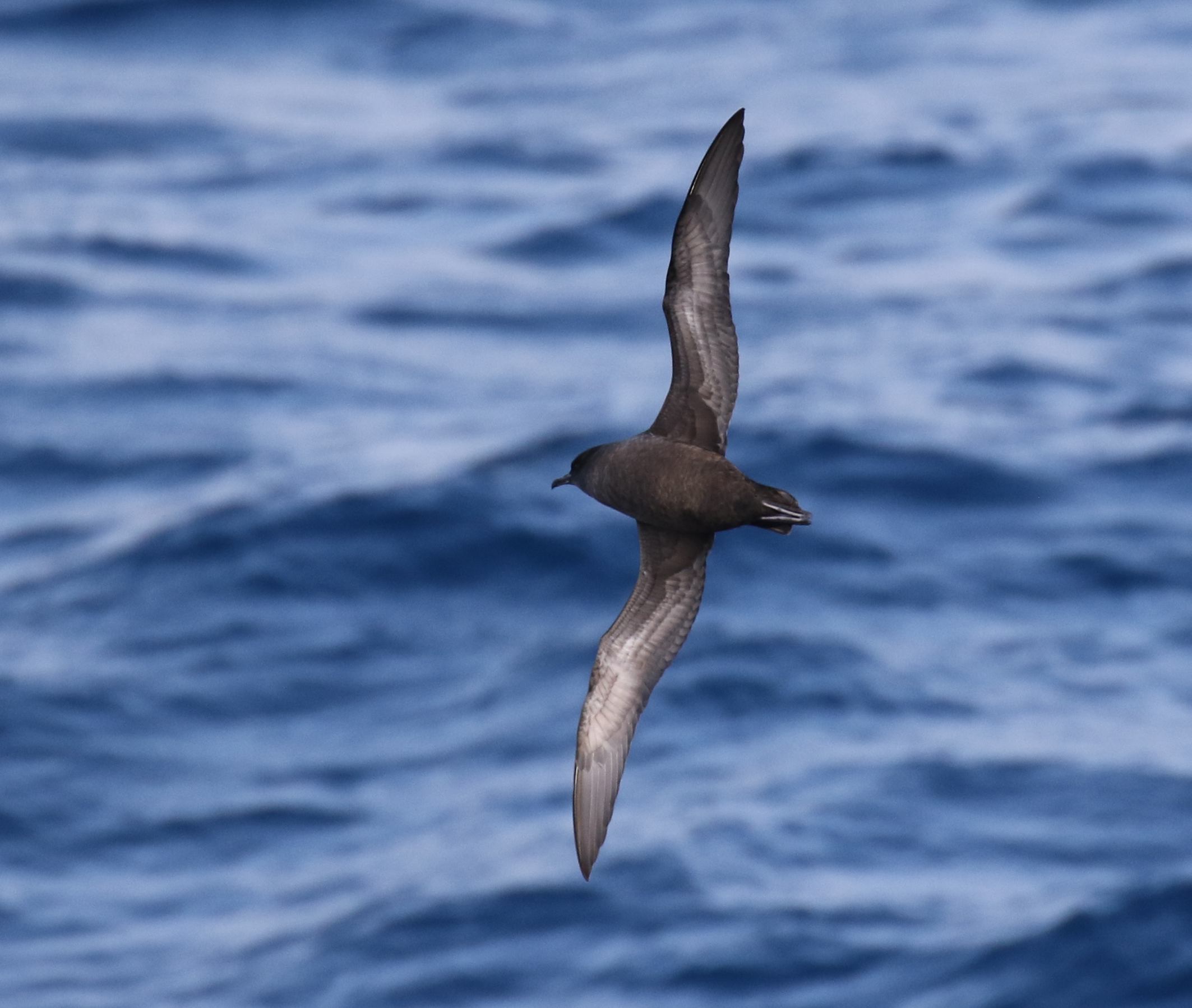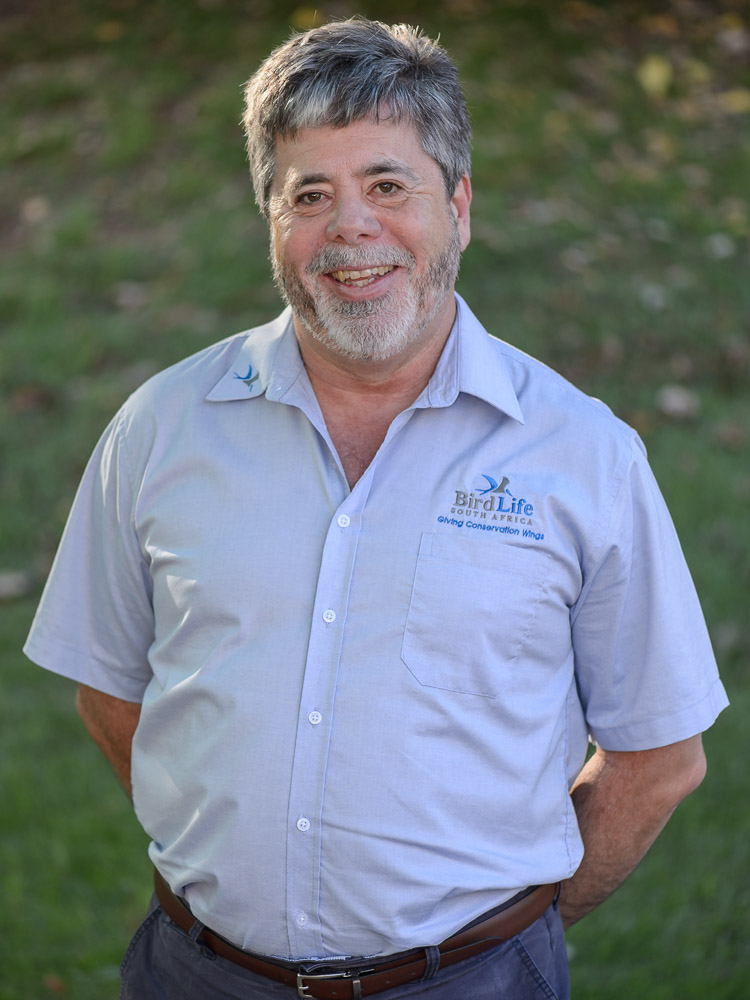Natalie Bool (Institute for Marine and Antarctic Studies, University of Tasmania, Hobart, Australia) has completed her PhD thesis on Short-tailed Shearwaters Ardenna tenuirostris.
The thesis abstract follows:
“Climate induced variability of prey abundance and its’ distribution, is a dominant factor regulating marine predator lifetime reproductive success and population viability. Seabirds are long-lived and they have evolved life-history traits such as delayed sexual maturity and intermittent breeding that buffer them against environmental variability. However, some species that have restricted dietary and range niches may be more sensitive to persistent negative climate perturbations. Therefore, gaining an understanding of how climate variability affects foraging ecology and reproductive parameters will be imperative if we are to determine the viability of seabird populations into the future. Doing so is important given the predictions that the Earth’s climate will continue to change at an accelerated rate in the coming century.
This thesis investigated whether the short-tailed shearwater (Ardenna tenuirostris), an abundant seabird of the Southern Ocean, will be resilient in a rapidly changing environment. The foraging behaviour of short-tailed shearwaters from Wedge Island, Tasmania, was assessed over five years (2010 - 2016), and the trophic position of adults during the breeding season was also quantified (2005 - 2008 & 2012 - 2015) as were breeding parameters; breeding effort and success (2004 - 2016). This thesis aimed to 1) examine the non-breeding movements of short-tailed shearwaters and assess within-season foraging plasticity; 2) determine the influence of climate on the trophic position of adults during the breeding season; and 3) assess foraging movements in relation to environmental variability and whether this influenced breeding participation and success, and the mass of fledglings.
(1) Post-breeding, birds selected foraging sites in distinct regions of the Northern Hemisphere, the Sea of Okhotsk/North Pacific Ocean, and the southeast Bering Sea/North Pacific Ocean. Birds spent between 15% and 99% (62.8 ± 20) of the non-breeding season in these core foraging areas. An additional late season foraging region in the Chukchi Sea was utilised by 50% of tracked individuals. Birds that were tracked for consecutive winters (n = 8) returned to the same core foraging site, but the time they spent there varied between years. Having a hierarchical strategy, where individuals return to familiar areas but disperse when environmental conditions deteriorate would allow short-tailed shearwaters to buffer some of the effects that climate variability has on the distribution and abundance of prey. This is important as environmental conditions (sea surface temperature and sea surface height) vary between regions within and among years; and these regions are undergoing protracted change. Consequently, foraging flexibility may allow short-tailed shearwaters to better adapt to climate induced environmental change.
(2) The trophic level of short-tailed shearwaters during the breeding season was determined using two complimentary techniques, bulk stable isotope analysis (SIA) and compound specific stable isotope analysis of amino acids (AA-CSIA). While there were consistent seasonal trends in the feeding zones birds used within the Southern Ocean, there was little variability in the trophic position of the prey adults consumed during long-trips within or among years.
(3) The foraging movements of breeding birds were examined during both chick provisioning trips (short-trips) and when adults undertook extended trips into the Southern Ocean (long-trips). Whilst provisioning chicks, adults foraged within the shallow continental waters surrounding Wedge Island but undertook extended multi-day trips within the Southern Ocean when self-provisioning. When the Southern Annular Mode (SAM) was negative, adults travelled further and spent less time foraging, most likely because primary productivity was supressed in the regions, which birds travelled to during long-trips. Both the number of birds that engaged in breeding activities and breeding success varied considerably during the study period. Interestingly, climate variability was not found to influence the number of birds that bred, or breeding success. However, chicks fledged with lighter body masses when local sea surface temperature was warmer and when the SAM was positive. Such conditions could cause change in the distribution and abundance of the prey, which probably reduces the amount of energy chicks receive, resulting in reduced body mass at fledging.
By integrating information on the foraging distribution of short-tailed shearwaters throughout the annual cycle, in addition to the analysis of trends in the trophic level of prey consumed by breeding adults and the incorporation of intrinsic rates of breeding participation and success, this thesis provides important insights into how this abundant seabird deals with change in the distribution and availability of its resources. By having an extended foraging range and a flexible foraging strategy means that this species can better deal with changes in the environment compared to seabirds that have a restricted foraging range and narrow dietary niche. Nonetheless, the change in the functioning of the marine environment has the potential to reduce the size of short-tailed shearwater populations by increasing the rate of intermittent breeding and by reducing chick survival post-fledging.”

Sooty Shearwater at sea, photograph by Peter Ryan
Note the full thesis text is not available for request/download until 6 July 2020.
Reference:
Bool, N.M. 2019. The foraging ecology of the short-tailed shearwater (Ardenna tenuirostris): life-history strategies and climate change. PhD thesis, University of Tasmania, Hobart.
John Cooper, ACAP Information Officer, 28 October 2019

 English
English  Français
Français  Español
Español 



